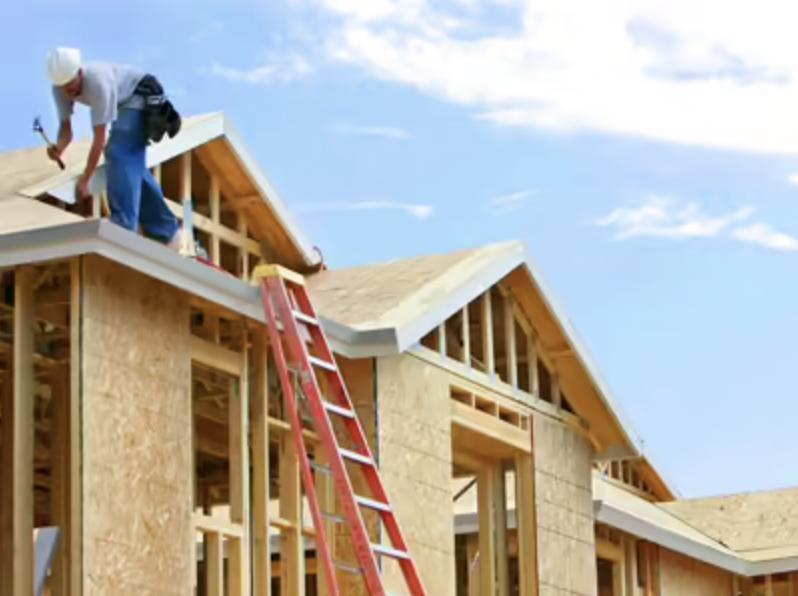It was near impossible for many of the delegates, activists and pundits not to be cynical headed into COP28. The first COP held in a petro-state headed by the CEO of one of the largest sovereign oil producers… what could go wrong, or more to the point, what could go right? With reporting on very productive deal-making between the oil and gas industry delegates, was COP28’s outcome a step in the wrong direction? Maybe not.
For the first time in 30 years, there was a public statement of agreement on the painfully obvious: we need to transition away from fossil fuels. A close read of the final language (accomplished at the wee hours, well past all deadlines) may severely limit the focus of where the transition is to occur. Some have opined it may be limited to just heating systems. There’s also a good chance that Sultan Al Jaber was so desperate for a positive outcome under his leadership, that had COP28 not taken place in Dubai, the Saudis would never have agreed to the last minute compromise. Nonetheless, as weak as the commitments may appear, it was a positive step forward in concept. As implementation has always been the challenge, we will see where this new direction takes us.
If nothing else, COP28 did focus the world’s attention on where progress has been made and where there is much work to do. There was also a palpable sense of optimism at a time when “COP fatigue” has started to cause a lack of momentum. Even skeptic Al Gore was quoted as saying, “We can reclaim our destiny…if we just overcome the greed and political power of the big fossil fuel polluters who have been trying to control this process…It’s time for people at the grass roots level in every county to speak up, and the good news is, that’s happening too.” More good news: the market forces of renewable energy have turned states like Texas into leaders in renewable investment despite the tremendous power of oil and gas interests in the state.
De-carbonization of transportation and many other sectors is happening, and faster than many expected, because it makes basic economic sense. However, manufacturing and industrial production, in particular heavy industries and infrastructure continue to resist progress. Steel, concrete, and chemical production have especially long time horizons to implement change. In addition, the “built environment” represents about 1/3 of all greenhouse emissions. Here the focus has been on energy savings and building systems like HVAC.

But what about the actual construction materials?
The built environment is largely fabricated from mass- produced panels composed of virgin timber mixed with petrochemical-sourced glues. These 4’x8′ sheets are typically manufactured thousands of miles away from where they are used – often from countries with less restrictive timber harvesting practices, and lower labor costs. One might think of Canada, where the US gets a huge volume of material, as being more progressive than the US.
The two biggest home improvement chains in the US, Lowes and Home Depot are under increasing scrutiny from shareholders to report on the impacts of their wood sourcing in the Canadian boreal forests. They have been pressured recently to come up with plans to mitigate the impacts of their wood harvesting on the climate, biodiversity, and even human rights. While nearly 2/3 of Home Depot’s shareholders passed a resolution demanding the company address unsustainable wood sourcing practices, the company’s sourcing policy remains unchanged since 1999. Lowe’s did in fact produce a sourcing report, but it also largely sticks to the status quo.

The game-changing factor in the timber markets may be carbon offsets. An increasing majority of multi-nationals have made very public commitments to reduce their CO2 footprints. How do they accomplish these lofty goals in aggressive time-frames? It is unlikely they can completely retool their core manufacturing processes quickly, so they will likely turn to carbon offsets and mitigation as part of the solution. If planting trees as mitigation is the one proactive solution many folks can agree on, isn’t it better to just not cut a tree than to plant a new one? One mitigation tool gaining popularity (and scrutiny) is a “forest based” carbon credit bank, which preserves habitat and timberlands that are threatened for development in return for a market based credit. But what happens when timberlands become more valuable preserved than harvested – yet timber demand continues to rise? The price of timber goes up, and continues to go up, as these market forces come into play and mature.
In addition to the detrimental impact of timber harvest, the entire wood product supply chain is toxic. In the 1950s, traditional lumber joined with the petrochemical industry to create a low-cost building product dependent on the use of urea formaldehyde resin. Plywood was formed from low-cost, low-value sawmill feedstock to create a new range of building materials suited to more efficient home and office construction, revolutionizing the industry. Plywood was quickly followed by a broad range of other products such as medium and high-density fiber boards for applications requiring a more homogenous product for the built environment (furniture, cabinetry, windows, and doors).
Demand does not seem to be abating, so a sustainable future for building materials requires fundamental change. It starts with using materials that are more durable, include recycled content, and have a much lower carbon footprint during their entire lifecycle. We hope you take the time to dig deeper, as you will find…

ECOR provides REAL solutions:
- Lowering End Product Costs – Traditional panel manufacturing is impacted by the real cost to harvest trees which have historically increased every year for the past thirty years
- Creating Recyclable Building/Fabrication Materials – Plywood and related panel products contain large percentages of petroleum glue content which ensures that at end of life, applications incorporating plywood are unable to be recycled.
- Localizing Supply – Decentralized production eliminates long-distance transportation costs and the associated supply chain logistics. Plywood panels are typically produced overseas and are subject to shipping costs affected by dozens of variables.
- Supporting Stable Price Supply for Future Demand – Emerging middle-class populations are increasing in emerging nations, putting further pressures on the need for construction materials.
- Lowering CO2 Impacts – Reduced long-distance transport costs equate to lower emissions. For example, nations within the EU recently enacted laws to charge significant fines for transport further than 4,000 miles – this includes half of all panels sold in the EU.
- Heathy Indoor Air Quality – Indoor air quality, especially in office environments has become the newest big health concern. ECOR just achieved the prestigious Indoor Advantage Gold Certification for SCS Global, for the lowest level of VOC emissions.
- Sustainability and Circularity – More than 600 of the world’s largest companies have committed to achieving net zero carbon impact within the next 30 years. Although the path to achieving this goal is still unclear, consumers are seeking ways to legitimately contribute to tangible carbon reduction solutions.
